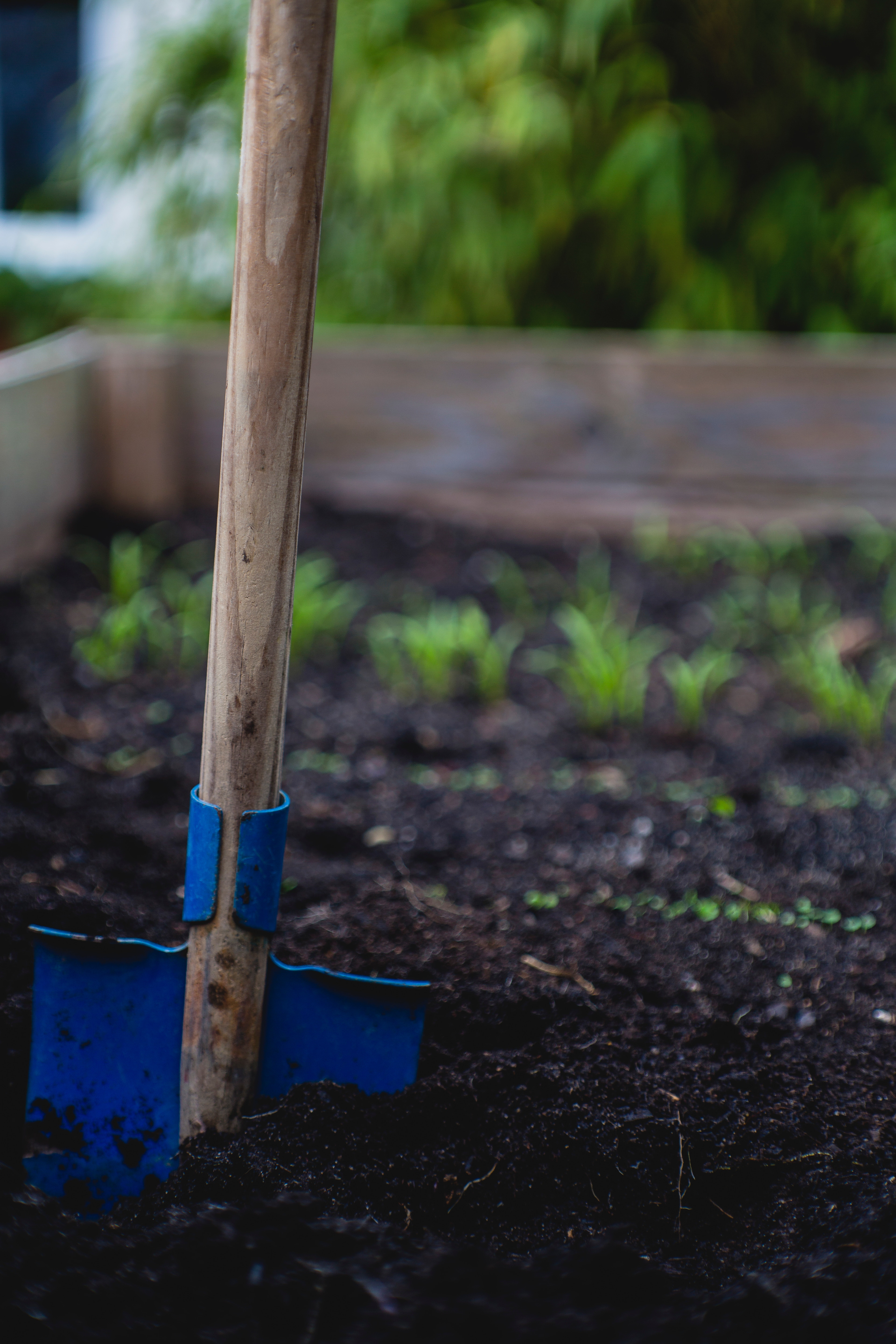Recent Posts
- Home
- Elevate Blog
- Study Shows Value in Compostable Packaging
Study Shows Value in Compostable Packaging
Posted on
Not only is compostable foodservice packaging beneficial for the environment, but it is beneficial for the composting process itself.
Compostable products are most commonly used as a tool to divert organic waste to composting. Products such as food service containers and scrap collection bags aid in the collection of food scraps. Because of this, it is often assumed there is little value in the compostable products themselves.
What is Feedstock?
Feedstock is raw material used to supply or fuel a machine or industrial process. In composting, feedstock is commonly made up of organic inputs such as yard trimmings, straw, woodshavings, and food scraps.
The Foodservice Packaging Institute and the Biodegradable Products Institute commissioned an in-depth study of compostable packaging as feedstock.
The Compost Manufacturing Alliance was contracted to conduct parallel field tests at two commercial composting facilities. Each facility used one of two very commonly used composting methods:
- Open windrow at A1 Organics in Colorado
- Aerated static pile at Olympic Organics in Washington state.
Each location evaluated piles loaded with compostable products, and evaluated for impact on the composting process.
Field Testing
The study consisted of six phases:
1. Selecting the type and amount of Compostable Food Service Packaging. They based these choices on real-world observations.
2. The Compostable Food Service Packaging was prepared as feedstock following normal composting protocols.
3. An independent laboratory conducted testing on control and test samples to determine target parameters.
4. Composting and monitoring. The samples were in active composting for 45 days in ASP and 90 days in windrow (as per normal standards for these processes). Both facilities also extended an additional 21 days beyond their normal timeframes to allow the compostable products to disintegrate further.
5. An independent soil testing laboratory conducted sampling and analysis of the final product.
6. The final phase of the study reported and reviewed the findings.
Value of Compostable Packaging as Feedstock

The findings show that compostable food service packaging at both testing sites did not affect the carbon-to-nitrogen Ratio, nutrient levels, or moisture content of the compost.
The Food Service Packaging at both testing sites did not appear to change the quality of the finished product, and performed adequately compared to wood and other traditional feedstocks.
As a result, compost manufacturing facility operators may approach choosing their feedstock differently, using compostable foodservice packaging, along with the added benefit of food scraps.
 Loading... Please wait...
Loading... Please wait...



